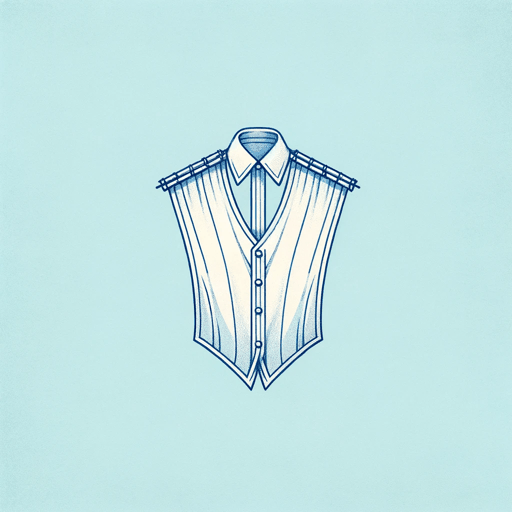30 pages • 1 hour read
Gabriel García MárquezThe Handsomest Drowned Man in the World
Fiction | Short Story | Adult | Published in 1968A modern alternative to SparkNotes and CliffsNotes, SuperSummary offers high-quality Study Guides with detailed chapter summaries and analysis of major themes, characters, and more.
Summary and Study Guide
Summary: “The Handsomest Drowned Man in the World”
“The Handsomest Drowned Man in the World” is a short story written by Colombian author Gabriel García Márquez. Originally published in 1968 and titled “El ahogado más hermoso del mundo,” the story is a work of magical realism, a genre that treats magical or fantastical elements as though they were normal, everyday occurrences.
Set on a summer day in a small coastal village in South America, the story concerns the villagers’ reaction to the discovery of a corpse washed up on a beach. Although no one can identify the man, the villagers imagine who he might have been and hold a funerary ceremony to celebrate his life. As they prepare the body, the villagers weave a story about the man’s identity, which grows richer and more complex until he becomes Esteban, their honorary kin and community member. Through the titular drowned man, García Márquez explores the themes of Beauty and Individual Worth, The Way Imagination Shapes Reality, and The Transformative Power of a Stranger in a Community. Although García Márquez is best known for his novels, the story is widely considered one of his greatest works. He went on to receive the Nobel Prize in Literature in 1982.
This study guide refers to a reprint of “The Handsomest Drowned Man in the World” taken from Collected Stories by Gabriel García Márquez and translated by Gregory Rabassa and J. S. Bernstein (1991).
“The Handsomest Drowned Man in the World” opens on a Wednesday with a “dark and slinky bulge” (Paragraph 1) washing up on the shore of a small coastal village. The fishing village has little land for flora or farming, and the village’s dead are usually “thrown off of cliffs” (Paragraph 3) to save space. The village contains only 20 wooden houses, and all the men are able to fit into seven small boats. The children, curious and innocent, first perceive the corpse to be an enemy ship or a giant whale. They play with the body of the man until one of the villagers discovers them later that afternoon. The man reports his findings to the other villagers. Alarmed, the village men contact nearby villages to see if anyone is missing. The villagers note that the man could not possibly be one of their own because of his enormous stature. The village women start to plan a funeral for the drowned man.
Because the drowned man is very tall, they cannot fit him into a house. They lay his body on a sturdy table, and the women prepare the drowned man for his water burial. They tenderly remove the scales, stones, and sea-sludge that cover his body. Unable to dress the man in their best village clothes due to his large size, the women craft him an outfit from a sail so he looks dignified. As the women sew clothes for the body, they discuss how the drowned man is not like the men in their village. The drowned man is very tall, handsome, and appears remarkably strong. He is their ideal man, a picture of masculinity. Together, they imagine how he must have spoken, kind and slightly awkward, and are at once taken by him.
The women daydream about what the man’s life would be like in their village. They imagine that he is so virile his bed would be made from a ship’s frame and bolted to the floor with iron. They believe that he would hold an authority not available to the men of their village, bestowed by his sheer strength and size. The women fathom that he would be able to draw “fish out of the sea simply by calling their names,” and how “springs would have burst forth from among the rocks” (Paragraph 5) if he wanted to plant flowers on the barren cliffside.
The women cannot keep themselves from comparing the drowned man to the men within their village, believing that their men are incapable of such feats. The women are quick to dismiss their men, thinking of them as “the weakest, meanest and most useless creatures on earth” (Paragraph 5). As they clean and dress the body, the women discuss the man’s name. The younger village women imagine him to be a seductive “Lautaro.” However, an old woman “with more compassion than passion” (Paragraph 5) insists that he is “Esteban.” In realizing that the villagers must drag the large body to the cliff, the women begin to see the burden of his size and silently agree that he is Esteban. They imagine the ridicule he must have faced, unable to fit through doorways and sit in regular chairs. As they do so, they see reflections of their own husbands in Esteban and weep. They then place a handkerchief over his face.
When the village men return, they tell the women that the drowned man is not from another village. The women weep for Esteban, remarking that he is theirs now; they mourn their loss by adorning him with “relics” and other pieces of finery from their culture. They offer him “holy-water jars,” nails, and a compass to help guide him in the afterlife. The men in the village scorn the women for their overindulgence in caring for the drowned man. They rig a litter to carry the drowned man to the sea, which will take him to where “fish are blind and divers die of nostalgia” (Paragraph 8), and where the men would never see him again.
As the women continue to decorate Esteban’s body, the men become increasingly frustrated with the “triviality” of it. The women, enraged by the men’s dismissal of Esteban, remove the handkerchief and reveal Esteban’s face. Suddenly, the men become sympathetic toward the beautiful stranger. They pity Esteban, “stretched out like a sperm whale, shoeless, wearing the pants of an undersized child,” and realize that the man is “ashamed” of his stature (Paragraph 9). Moved by Esteban’s “sincerity,” the men decide to help the women in their endeavors.
Together, they create a beautiful funeral for Esteban. Women gather flowers from nearby villages, bringing more women and flowers along with them. The tiny village is filled with so many people and flowers that there is no empty space in which to walk. In not wanting to send Esteban off as an “orphan,” the villagers adopt the roles of his mother, father, and extended family until all present are “kinsmen” of Esteban. Far off into the sea, several ships steer away from the village upon hearing the cries of the villagers. Esteban’s mourners weep so loudly that some sailors interpret the cries as siren songs and tie themselves to their ship masts.
The village men and women fight for the opportunity to carry Esteban up the cliff and become intimately aware of the “desolation of their streets” and the “narrowness of their dreams” (Paragraph 10). As they lower him into the sea, the villagers explain their choice not to tie an anchor to Esteban; they decide to allow him to return if he wishes because he is one of them. The villagers contemplate how nothing will be the same in the village. After Esteban’s burial at sea, the villagers vow to paint their houses lively colors, plant lavish flowers along the cliff, and build more magnificent houses, all so that passing ships will say with reverence, “[T]hat’s Esteban’s village” (Paragraph 10).
Related Titles
By Gabriel García Márquez

A Very Old Man With Enormous Wings
Gabriel García Márquez

Balthazar's Marvelous Afternoon
Gabriel García Márquez

Chronicle of a Death Foretold
Gabriel García Márquez

Death Constant Beyond Love
Gabriel García Márquez

Eyes of a Blue Dog
Gabriel García Márquez

In Evil Hour
Gabriel García Márquez

Innocent Erendira
Gabriel García Márquez

Leaf Storm
Gabriel García Márquez

Love in the Time of Cholera
Gabriel García Márquez

Memories of My Melancholy Whores
Gabriel García Márquez

News of a Kidnapping
Gabriel García Márquez
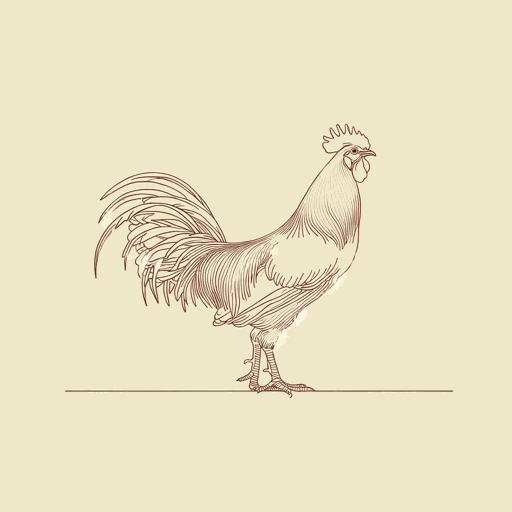
No One Writes To The Colonel
Gabriel García Márquez

Of Love And Other Demons
Gabriel García Márquez
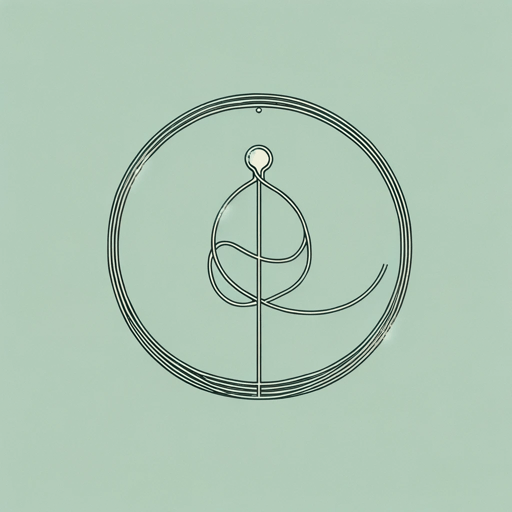
One Hundred Years of Solitude
Gabriel García Márquez
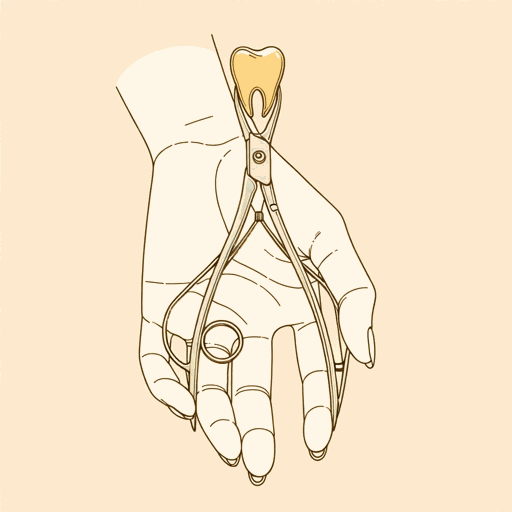
One Of These Days
Gabriel García Márquez

Strange Pilgrims
Gabriel García Márquez
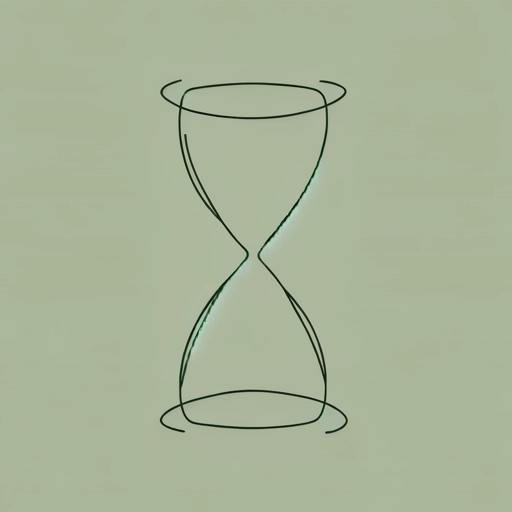
The Autumn of the Patriarch
Gabriel García Márquez, Transl. Gregory Rabassa

The General in His Labyrinth
Gabriel García Márquez

The Story of a Shipwrecked Sailor
Gabriel García Márquez
